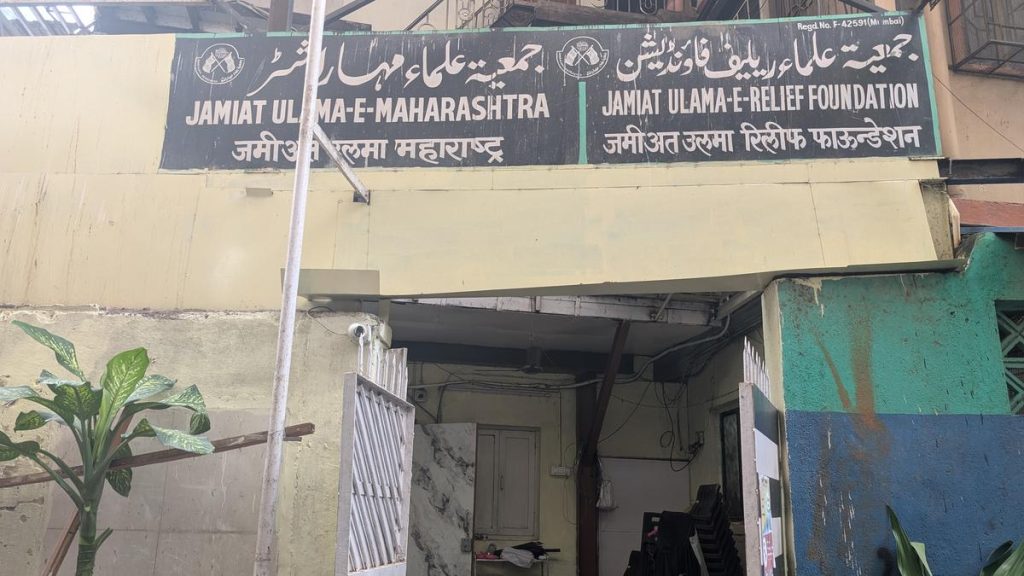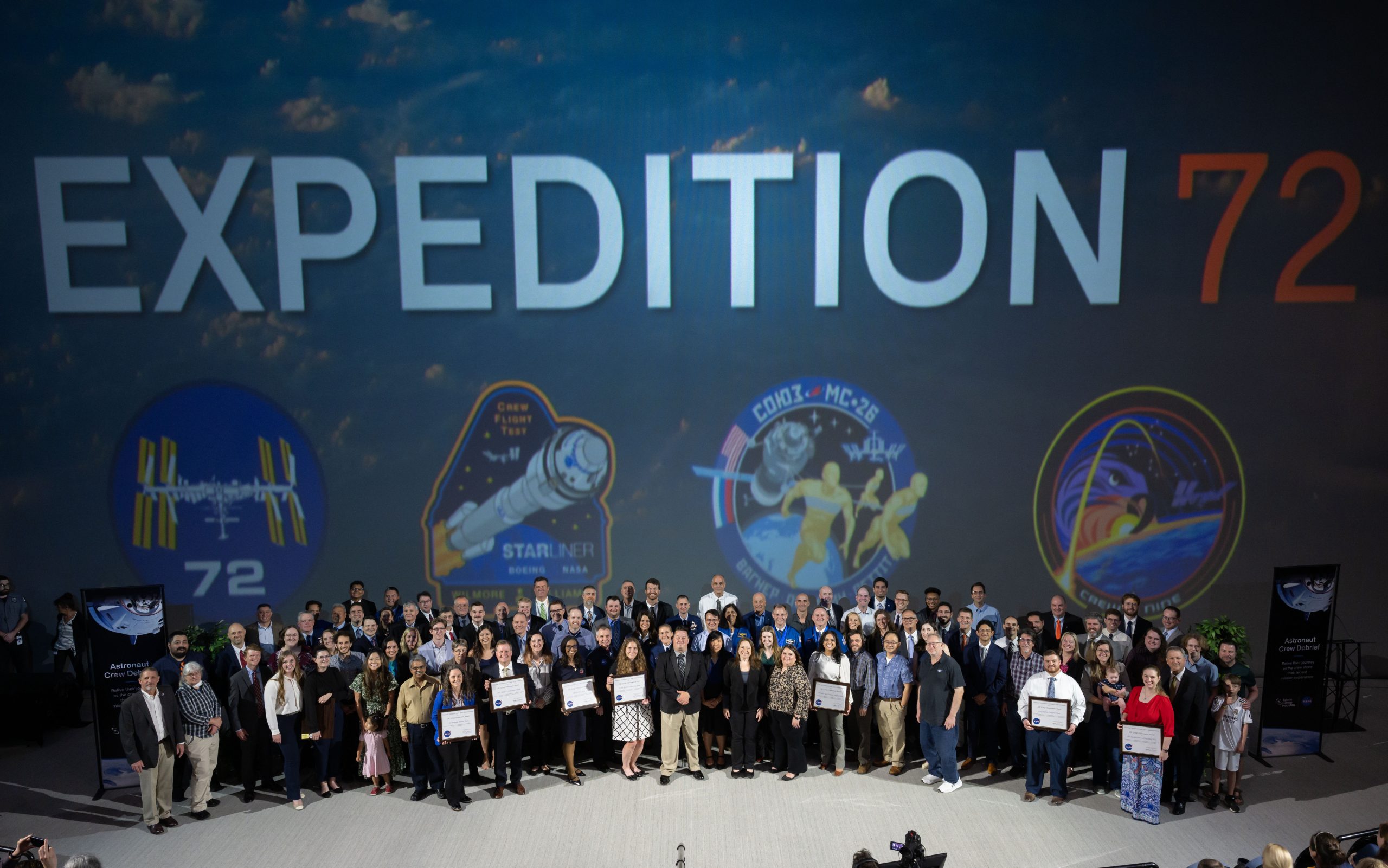Now Reading: Curiosity Rover Achieves Drilling Milestone on Mars
-
01
Curiosity Rover Achieves Drilling Milestone on Mars
Curiosity Rover Achieves Drilling Milestone on Mars

Fast Summary:
- A Mars mission team successfully collected a sample from the “Altadena” site on the Martian surface over the weekend.
- Planning now focuses on delivering the sample powder to two key instruments, CheMin and SAM:
– CheMin will analyze mineralogy.
– SAM will study volatiles and organic compounds.
- Additional activities related to Altadena included:
– ChemCam images of the drill hole for refining laser targeting (LIBS analysis).
– Passive spectroscopy around drill cuttings to understand mineral content.
– Mastcam M100 imaging for wind activity monitoring at the drill site prior to upcoming APXS and MAHLI observations.
- Efficient operations allowed additional data collection, including:
– ChemCam analyses of nearby bedrock at “Bolsa Chica.”
– Long-distance ChemCam mosaics of sedimentary features in “Texoli” butte and nearby structures.
- Environmental monitoring continued with Mastcam imaging for wind changes, regular atmospheric assessments (RAD & REMS), DAN measurements, Navcam dust devil tracking, and cloud observations.
Indian Opinion Analysis:
The successful drilling operation at “Altadena” marks another notable milestone in Mars exploration. This mission’s focus on analyzing martian soil through advanced instruments like CheMin (mineralogical study) and SAM (volatile/organic compound detection) underscores NASA’s ongoing commitment to understanding Mars’ geological history-particularly that of Mt.Sharp.
From an Indian perspective, such achievements reiterate how planetary science advancements contribute universally by expanding humanity’s knowledge about extraterrestrial environments. India’s own investments in interplanetary missions like Chandrayaan or Mangalyaan can take inspiration from such multi-instrument approaches that maximize scientific discoveries. Furthermore, fostering global collaborations between ISRO and organizations like NASA could allow exploration programs to evolve even faster while sharing data crucial for future planetary ventures.
























